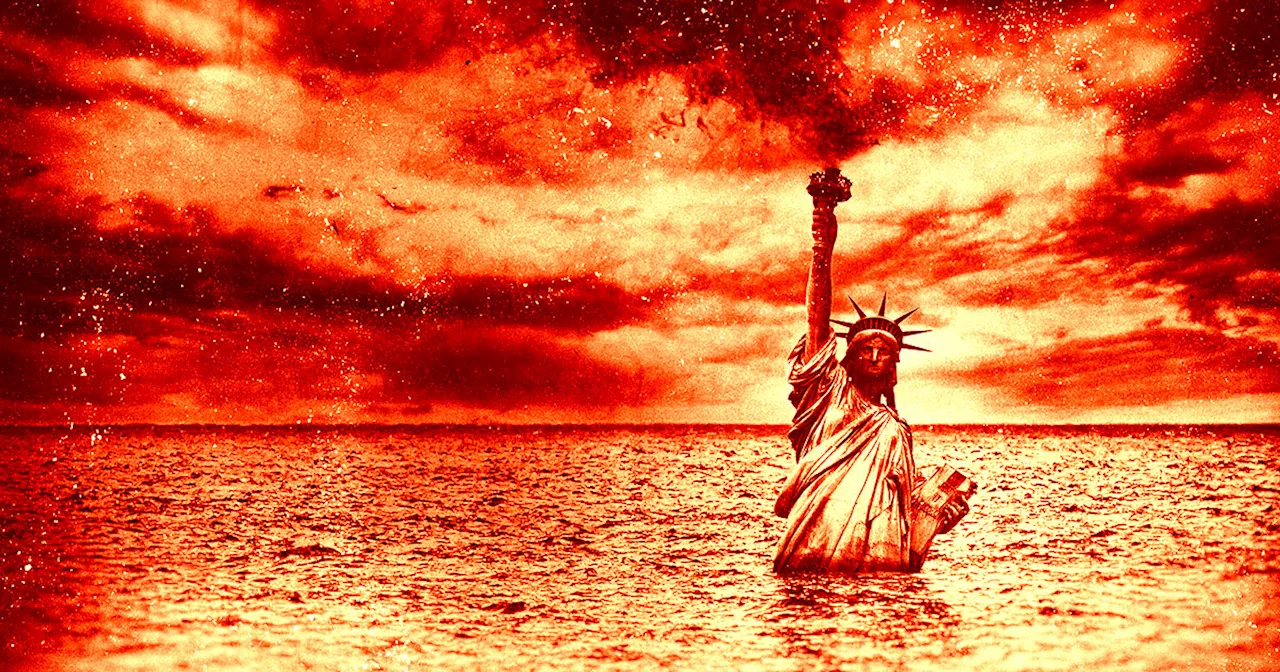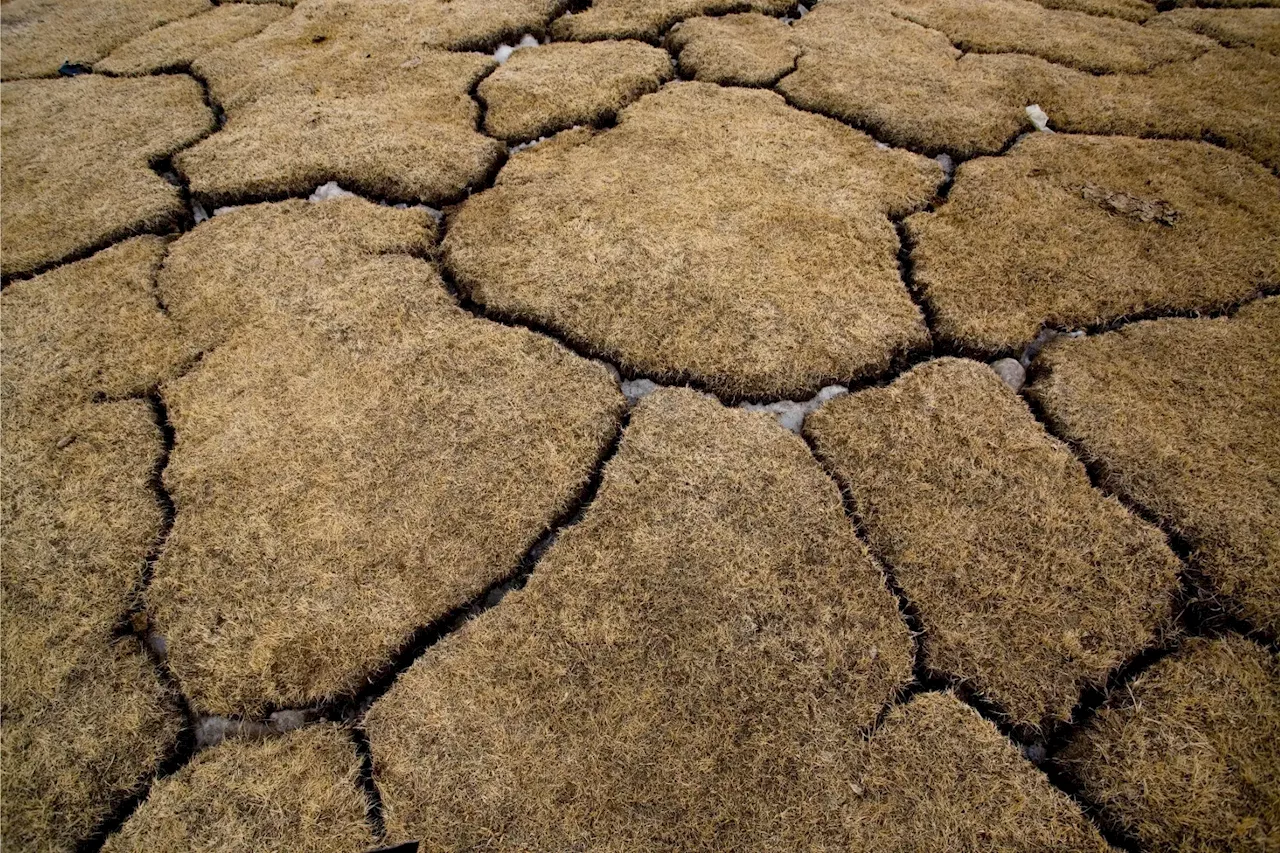This study examines the potential changes in the global distribution of shallow water ecosystems (SWEs) by 2100 as a result of climate change. SWEs play a crucial role in carbon sequestration and climate change mitigation. They also offer potential for adaptation against sea-level rise.
Although shallow water ecosystems (SWEs) account for only 0.2% of the world’s total ocean area, they account for 73%–79% of the total carbon sequestration rate of the global ocean. These ecosystems can be expected to have important effects in mitigating climate change by storing blue carbon .
In addition, SWEs offer promise with respect to climate change adaptation against sea-level rise.
Shallow Water Ecosystems Climate Change Carbon Sequestration Blue Carbon Sea-Level Rise
日本 最新ニュース, 日本 見出し
Similar News:他のニュース ソースから収集した、これに似たニュース記事を読むこともできます。
This Texas metropolitan area will be larger than New York, L.A. by year 2100, study showsA new study says Metroplex could surpass New York City and Los Angeles as the most populated area in the country with 33.91 million people.
続きを読む »
 GBP/USD: Strong Dollar to keep Cable not far from the 1.2050/2100 support regionSterling is trading slightly on the soft side ahead of Thursday's Bank of England (BoE) policy meeting. Economists at ING analyze GBP outlook. EUR/GBP
GBP/USD: Strong Dollar to keep Cable not far from the 1.2050/2100 support regionSterling is trading slightly on the soft side ahead of Thursday's Bank of England (BoE) policy meeting. Economists at ING analyze GBP outlook. EUR/GBP
続きを読む »
 15,000 Scientists Warn Society Could Collapse By 2100 Due to Climate ChanceScience and Technology News and Videos
15,000 Scientists Warn Society Could Collapse By 2100 Due to Climate ChanceScience and Technology News and Videos
続きを読む »
 Texas set to house the U.S.'s three most populous cities by 2100, report saysCurrent migration trends and growth rates show that by 2100, the Lone Star State could be home to the three most populous cities in the United States.
Texas set to house the U.S.'s three most populous cities by 2100, report saysCurrent migration trends and growth rates show that by 2100, the Lone Star State could be home to the three most populous cities in the United States.
続きを読む »
 Permafrost Apocalypse: 93% Could Vanish by 2100, Warns Global StudyScience, Space and Technology News 2023
Permafrost Apocalypse: 93% Could Vanish by 2100, Warns Global StudyScience, Space and Technology News 2023
続きを読む »
 U.S. population will start decline before 2100, census data showU.S. population will likely peak around 2080 and then fall, with population growth depending heavily on immigration levels, new Census Bureau data show.
U.S. population will start decline before 2100, census data showU.S. population will likely peak around 2080 and then fall, with population growth depending heavily on immigration levels, new Census Bureau data show.
続きを読む »
